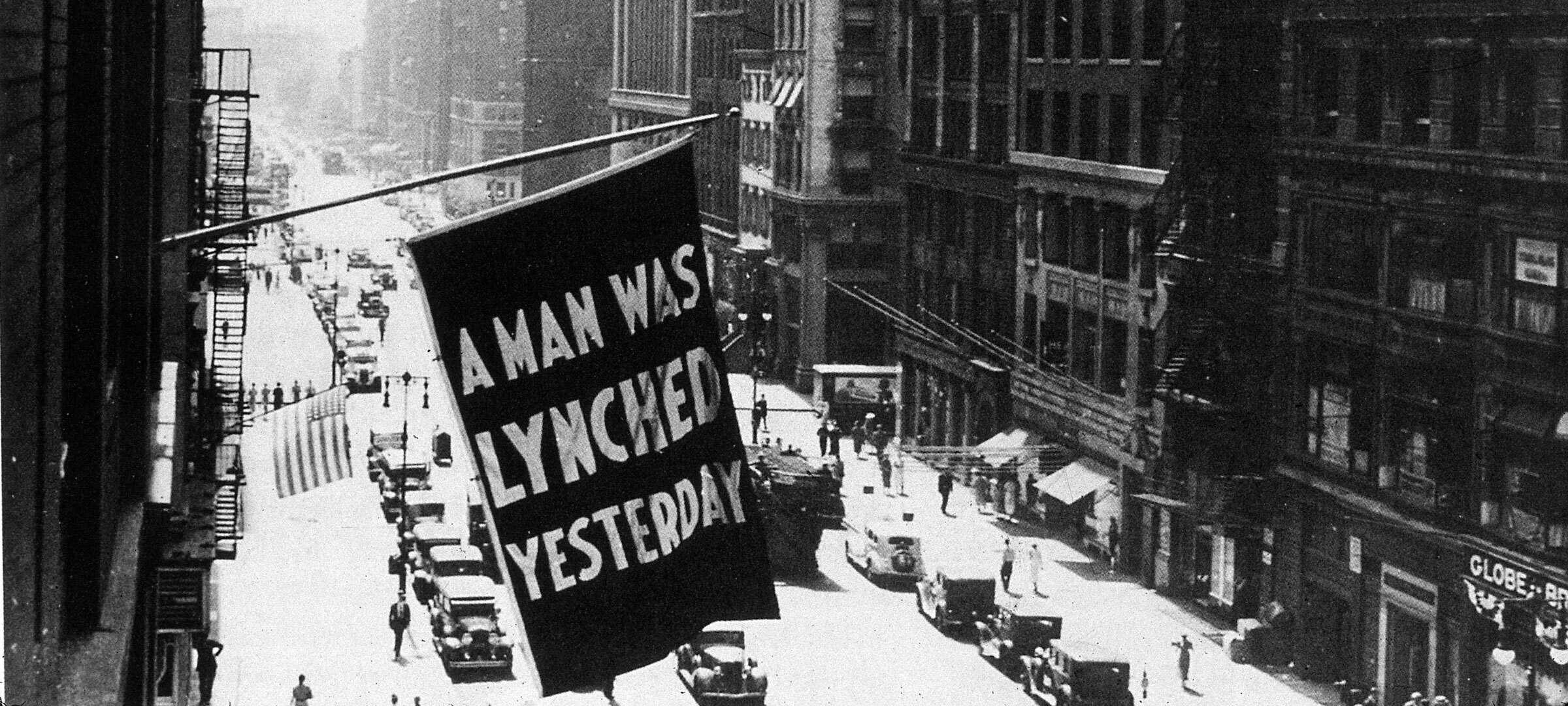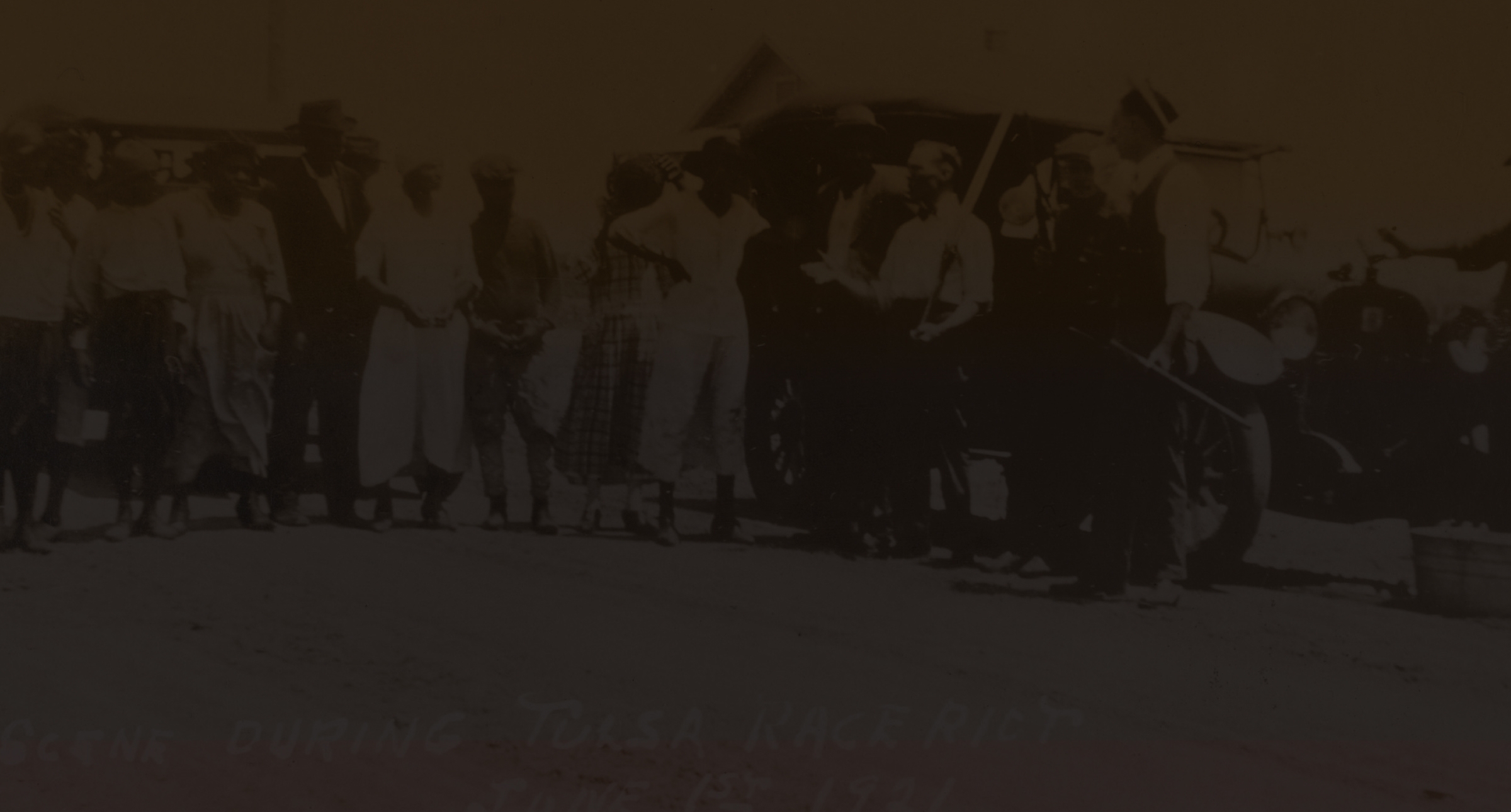
Chapter 4
Hardening of Racial Separation
Segregation placed severe restrictions on African American life. Though legal throughout the South, segregation was also widespread in the North, most notably through restrictive housing covenants. While segregation laws controlled access to public spaces, restrictive covenants determined where African Americans could live.
Justice for African Americans was impeded by unfair and violent practices of convict leasing and lynching. Convict leasing forced African Americans into systems of unpaid labor. Lynchings and race riots made violence and terror an inescapable part of African American life.
The Rise of Lynching
Chicago Defender cartoon
A tool to assert and extend white control, lynching had one goal—to intimidate, punish, and terrorize African Americans. During the first decade of the 20th century, more than 850 African Americans were lynched. Denied an official trial, most victims were dragged from jail cells after being accused of crimes. They were then hanged or shot. People were rarely prosecuted for their involvement in lynchings.

Related Exhibition
Sensitive Content
The following sections include imagery and descriptions of violence, murder, and people who have been lynched.

Why are there ‘Jim Crow’ cars in the South?
It is because of the Afro-American.
Why are there so much lynching and midnight murder in the South?
To get rid of the Negroes.
Cleveland Gazette, 1892
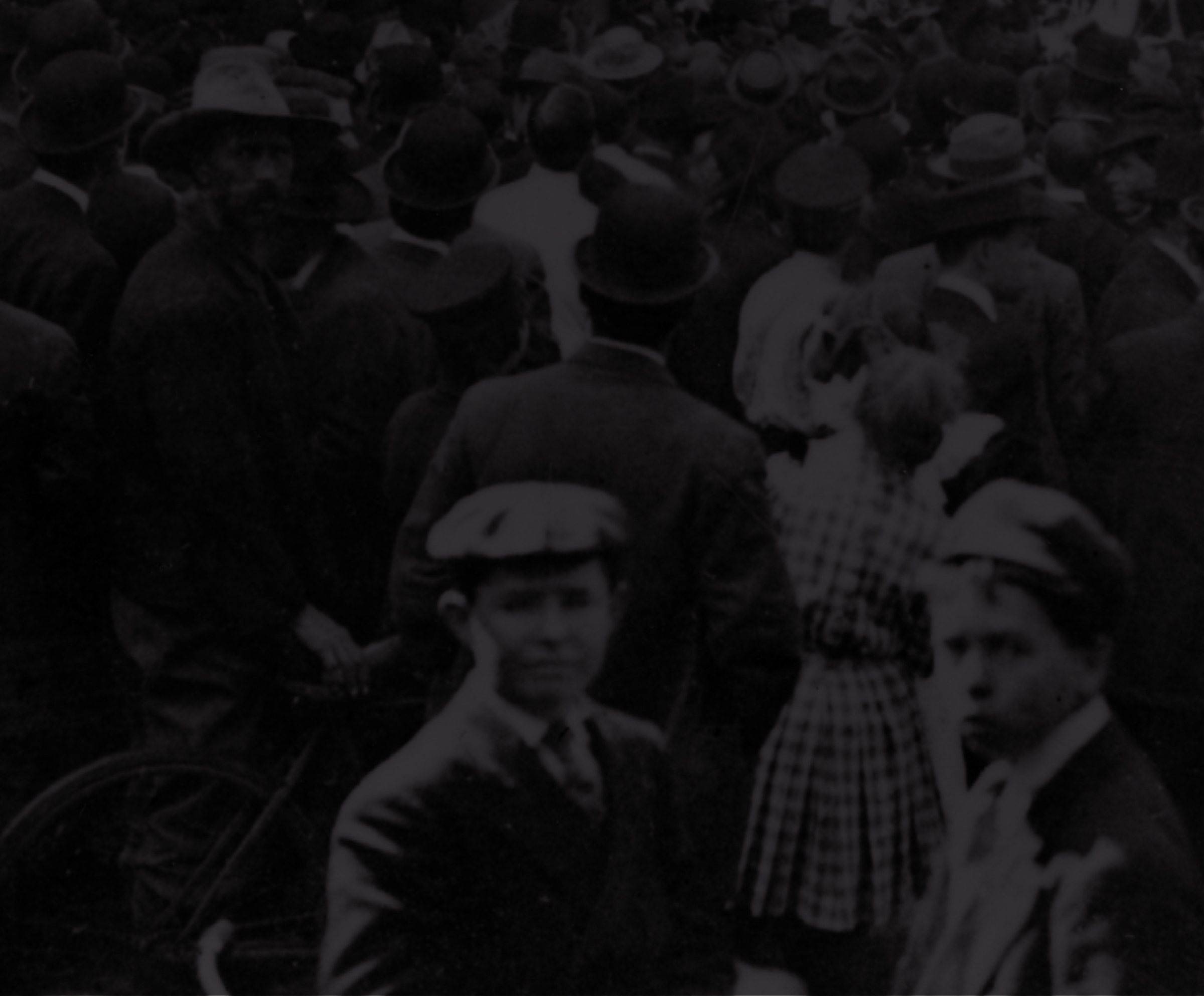
Murder by Mob
The Murder of Mary Turner, Lowndes County, Georgia
The Killing of Jennie McCall, Jacksonville, Florida
Lynching remained a deadly problem after 1900. Neither gender, age, nor mental disability spared victims from mob vengeance. Numbering the lives lost—more than 1,500—demonstrates how common lynching was. But individual stories show the human suffering behind lynchings.

Sensitive Content
The image includes graphic and violent imagery.
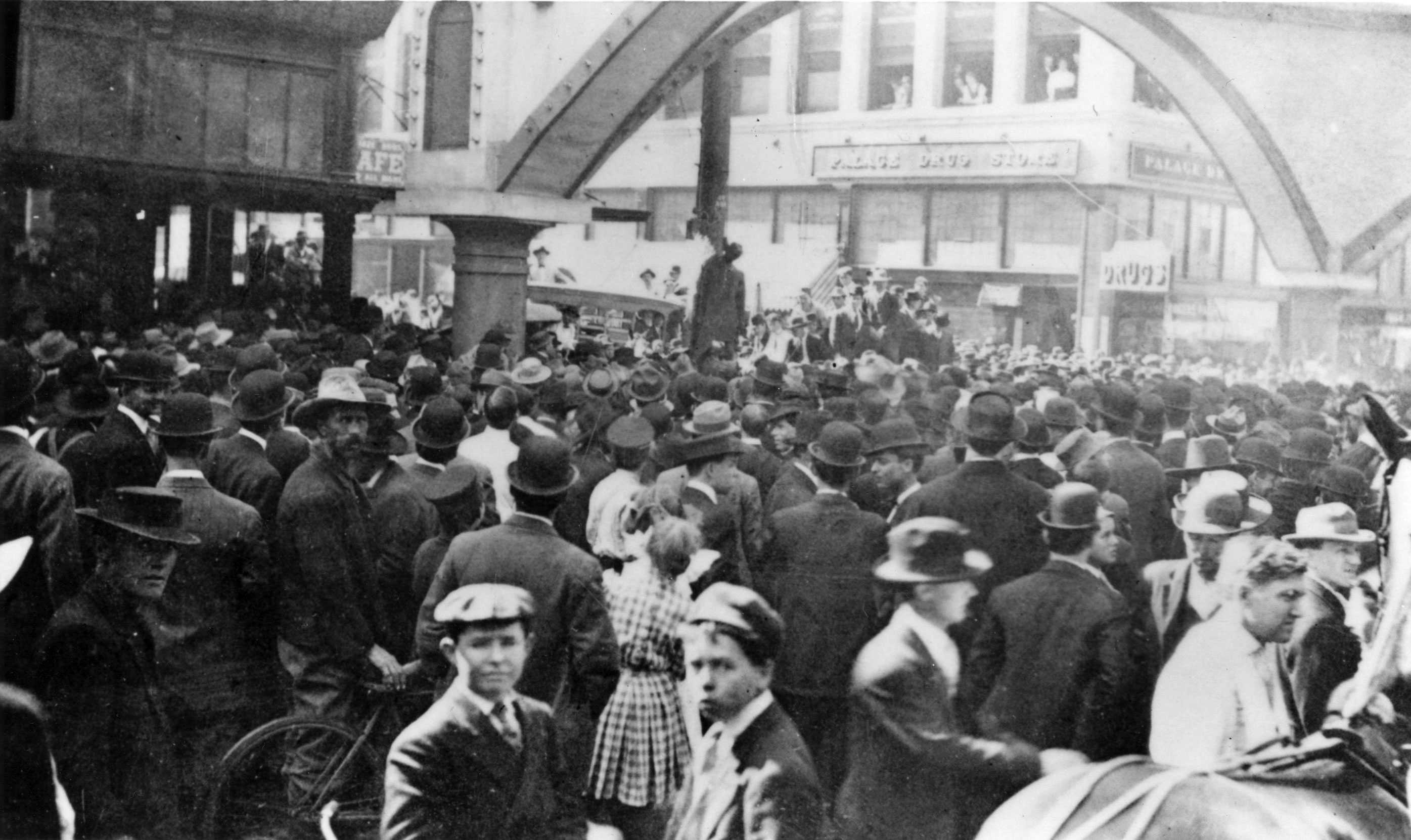
The Murder of Allen Brooks, Dallas, Texas, 1910
Allen Brooks's Murder
Allen Brooks was accused of molesting a three-year-old white girl. While on trial, he was thrown from a second-story window, dragged through the streets, and hanged from a telephone pole.
Sensitive Content
The image includes graphic and violent imagery.
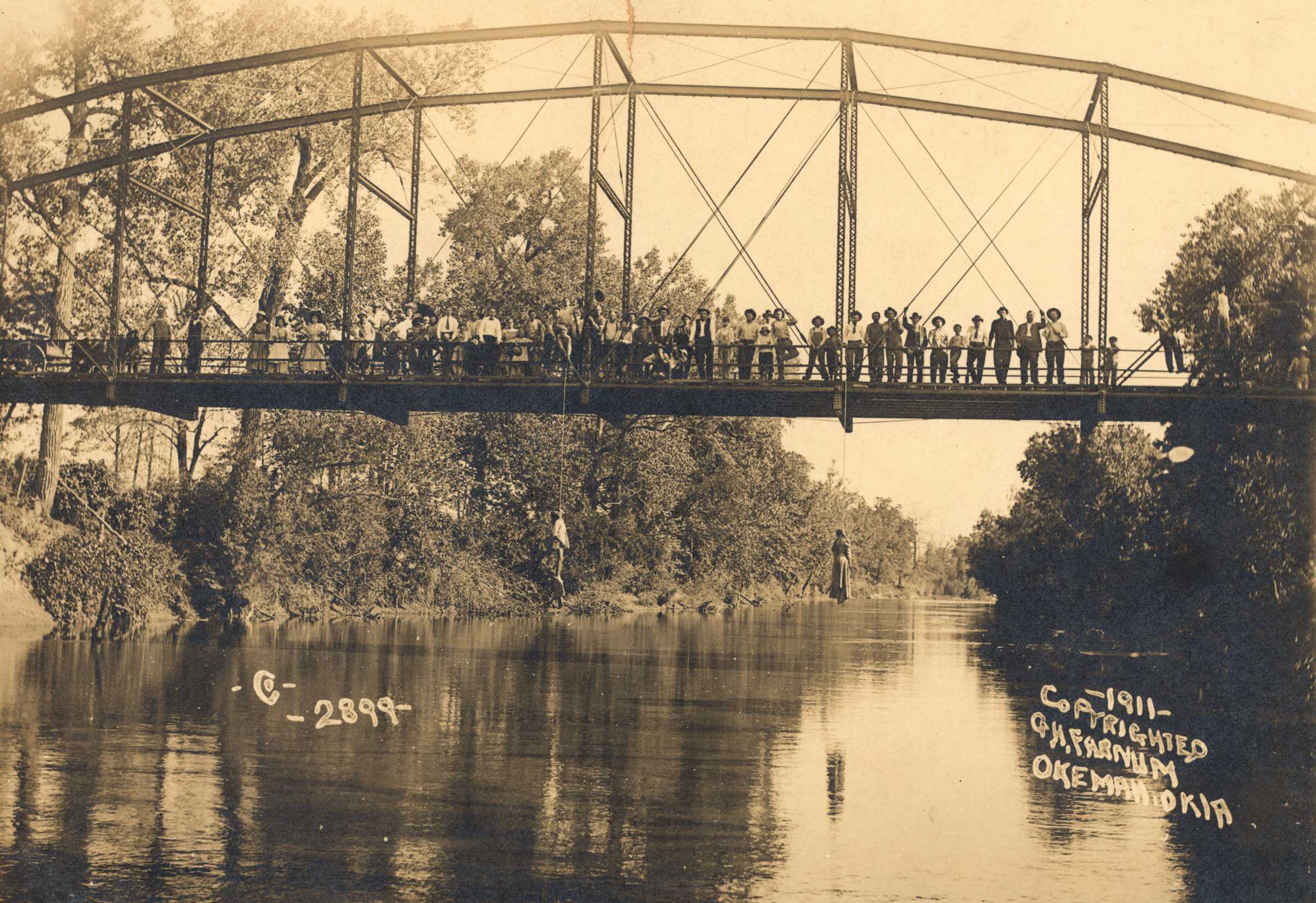
Laura Nelson and Her Son, Killed in Oklahoma, 1911
Murders of Mother and Son
Trying to protect her son, who was accused of murder, Laura Nelson pleaded guilty to a crime. Although her son was found innocent, Nelson and her son were abducted by a mob and hanged from a nearby bridge.
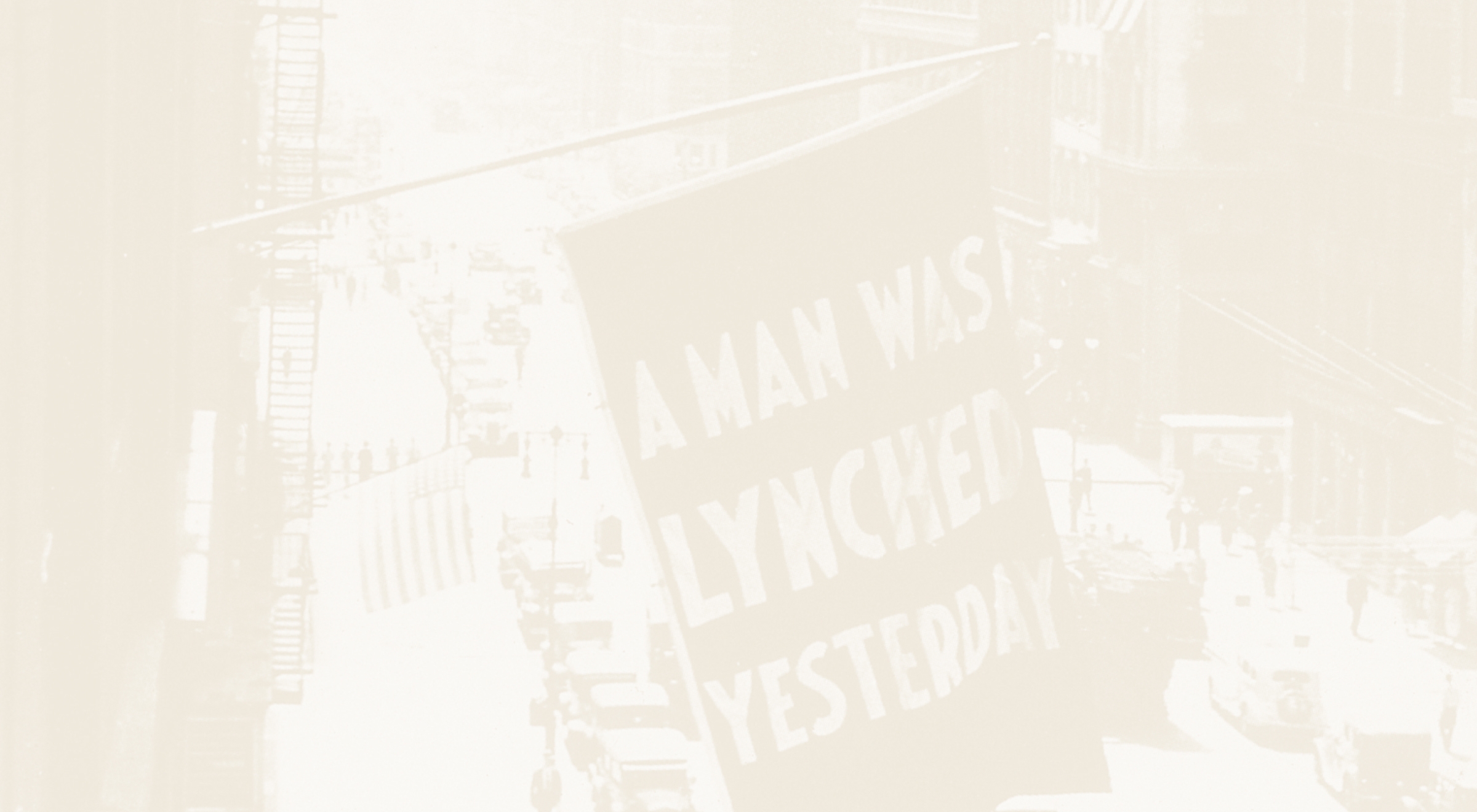
The NAACP’s Fight Against Lynching
“A Man Was Lynched Yesterday,” 1938
Elisabeth Freeman
The rapid rise in the number of lynchings during the late 19th and early 20th centuries sparked an anti-lynching campaign by the National Association for the Advancement of Colored People (NAACP) and other organizations. These groups sought to increase public awareness of lynchings and to persuade Congress to pass anti-lynching legislation. In the first half of the 20th century, two anti-lynching bills were introduced in Congress—the Dyer Bill (1922) and the Costigan-Wagner Bill (1935). Supported by the NAACP, both bills passed the House of Representatives but were blocked in the Senate by southern Democrats.
Featured Video
The Silent Protest Parade
In 1917 the NAACP conducted a silent parade down Fifth Avenue in New York City to protest violence against African Americans in East St. Louis and around the country. Protestors hoped to pressure public officials to pass anti-lynching legislation.
